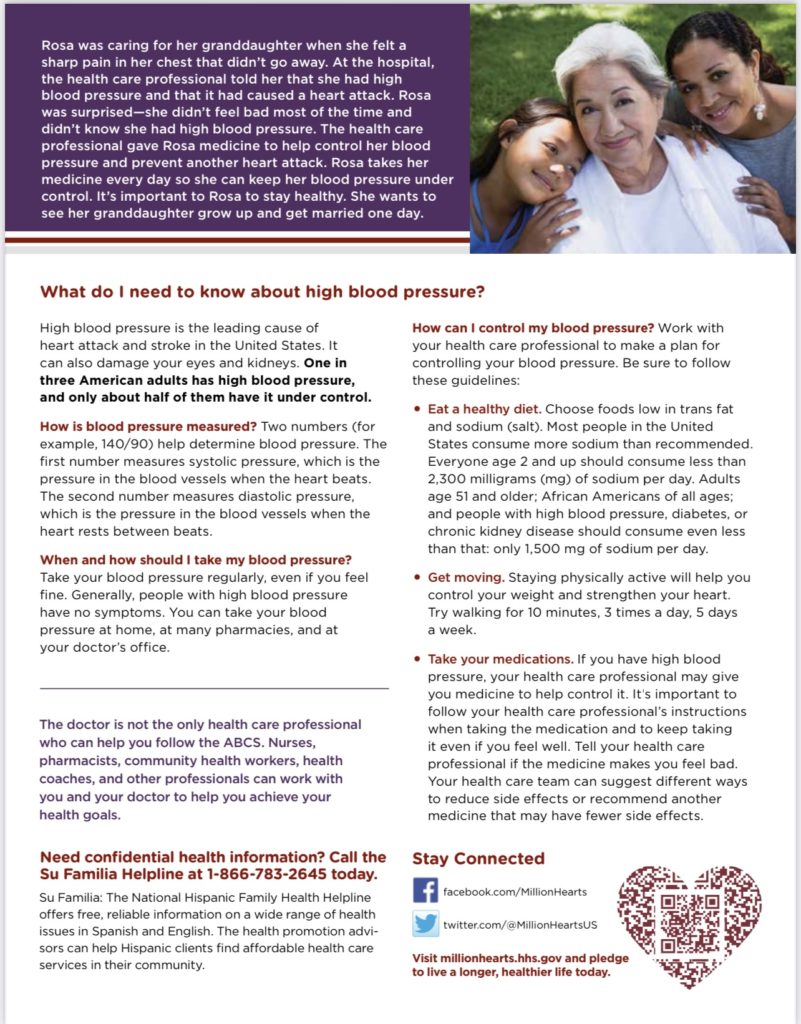



Now offering WALK-IN First/Second/Booster Vaccines, no appointment needed.
For your convenience, we are still scheduling appointments too.
We are again able to perform on-site Rapid PCR Testing and have resumed online scheduling.
[Read more…] about On-site Rapid PCR Testing & Online Scheduling Resumes.CDC Recommends Pediatric COVID-19 Vaccine for Children 5 to 11 Years!
Island Prescription Center will be offering the Pfizer COVID 19 vaccine for 5-11 year olds as soon as we receive the vaccines from the state.
You will be able to book an appointment to get the vaccine on our website island prescription center.com as soon as we have the vaccines in hand.
We will post a notice on Facebook and our website when vaccines for 5-11 year olds are available.
Thank you so much for your patience and support!
Eat Less Sodium!
Nine out of 10 Americans eat more sodium (salt) than they need. Eating too much sodium can lead to high blood pressure. High blood pressure can raise your risk of having a heart attack or stroke.
The good news is that cutting down on sodium can help lower your blood pressure or keep it at a healthy level.
To eat less sodium, you don’t have to make lots of changes at once. Use these tips to help lower the amount of sodium in your diet.
Know your sodium limit.
Ask your doctor how much sodium is okay for you. The general guidance is:
Shop for low-sodium foods.
Most of the sodium we eat doesn’t come from our salt shakers. Sodium is in almost all the processed and prepared foods we buy – even foods that don’t taste salty, like bread or tortillas.
When you are shopping, limit these items that are high in sodium:
Use this shopping list to find lower-sodium foods when you are at the grocery store.
Check the label.
Use the Nutrition Facts label to check the amount of sodium in foods and compare different options.
Make healthy shifts.
Swap out foods that are higher in sodium for healthier options. You can:
Cook more at home.
Making your own meals is a great way to eat less sodium, because you are in control of what goes into your food.
Get less salt when you eat out.
Add more potassium to your diet.
Replace high-sodium foods with high-potassium foods. Eating foods with potassium can help lower your blood pressure. Good sources of potassium include potatoes, cantaloupe, bananas, beans, milk, and yogurt.
Rest assured, we accept all major credit cards & most prescription insurance plans

9am-7pm
9am-6pm
9am-2pm
24/7 On Call @ (716)773-5599
1728 Grand Island Blvd.
Grand Island, NY 14072
We're Making Changes to our COVID Pages, Thank You for Your Patience
